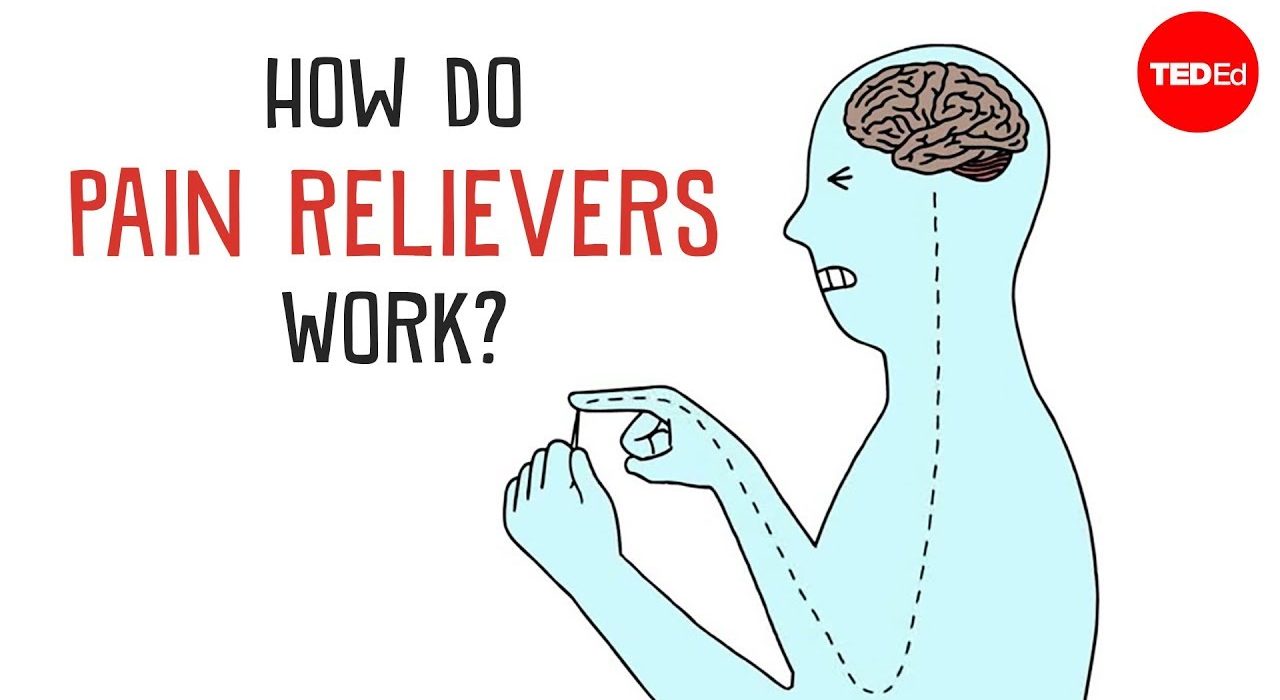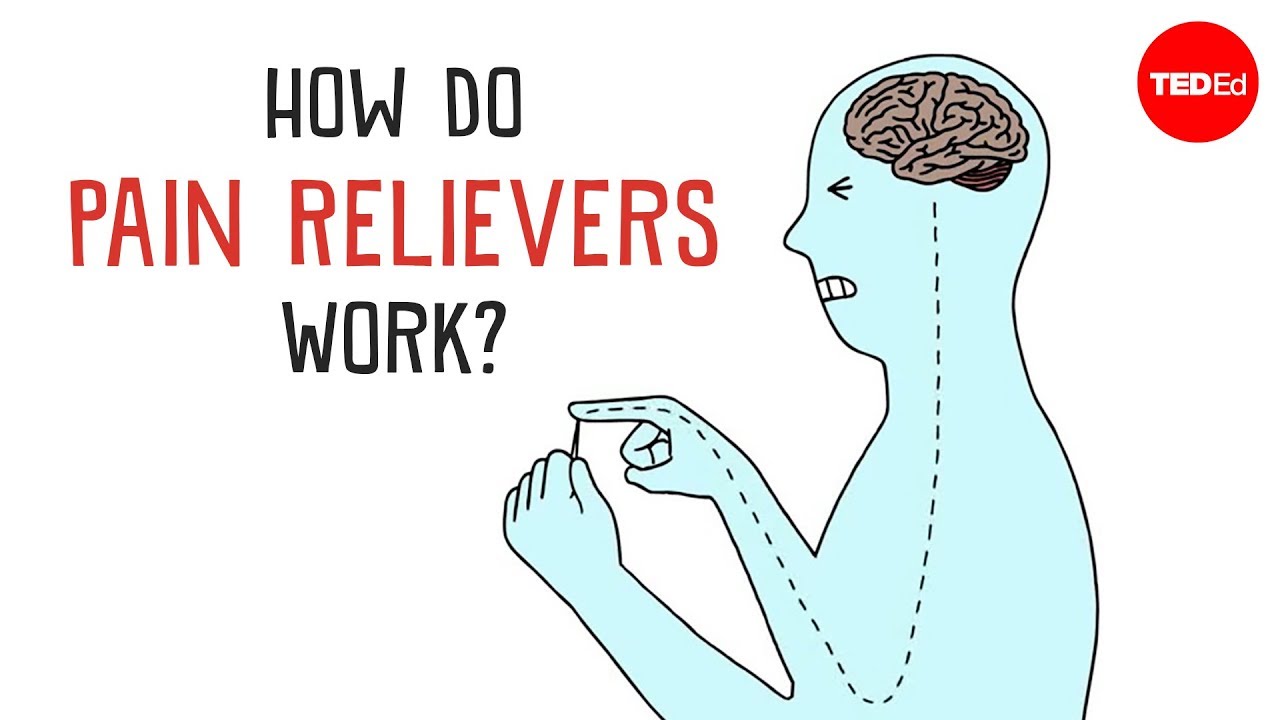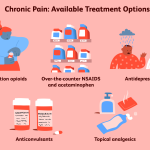Are you curious about how pain relief medication actually works? It’s a fascinating topic that many people often wonder about. Whether you’ve experienced a headache, muscle ache, or any type of discomfort, you may have reached for pain relief medication to find some relief. But have you ever stopped to think about what happens inside your body when you take these medications? In this article, we’ll explore the mechanisms behind pain relief medication and how they provide you with the comfort you seek.
When it comes to pain relief medication, there are different types available, each designed to target specific types of pain. From over-the-counter options like acetaminophen and ibuprofen to prescription medications, they all work in various ways to alleviate your discomfort. The most common types of pain relief medications fall into two categories: nonsteroidal anti-inflammatory drugs (NSAIDs) and opioids. NSAIDs work by reducing inflammation and blocking the production of certain chemicals in your body that cause pain and swelling. On the other hand, opioids bind to specific receptors in your brain and spinal cord, blocking pain signals and providing a profound sense of relief. Understanding how pain relief medication works can give you a better appreciation for these essential tools in managing pain. So, let’s dive in and explore the fascinating world of pain relief medication and how it brings comfort to your life.
How Does Pain Relief Medication Work?
Understanding Pain Relief Medication
Pain relief medication is designed to alleviate or reduce pain sensations in the body. It works by targeting the underlying causes of pain, such as inflammation or nerve sensitivity, to provide relief and improve quality of life for individuals experiencing pain. There are various types of pain relief medication available, including over-the-counter (OTC) options and prescription medications.
When you experience pain, your body sends signals to your brain to indicate that something is wrong. Pain relief medication works by interrupting or blocking these signals, reducing the intensity of pain or eliminating it altogether. It can be used to manage acute pain, such as from injuries or surgeries, as well as chronic pain conditions like arthritis or neuropathy.
The Different Types of Pain Relief Medication
There are several categories of pain relief medication, each with its own mechanism of action. Nonsteroidal anti-inflammatory drugs (NSAIDs) are commonly used for pain relief and also reduce inflammation. They work by inhibiting the production of certain chemicals in the body that contribute to pain and inflammation.
Another type of pain relief medication is opioids, which are often prescribed for severe pain. Opioids work by binding to opioid receptors in the brain, spinal cord, and other parts of the body, blocking pain signals and producing a sense of euphoria. However, opioids carry a risk of dependency and can have side effects, so they are typically used for short-term pain management or under close medical supervision.
Nonsteroidal Anti-Inflammatory Drugs (NSAIDs)
NSAIDs, such as ibuprofen and naproxen, are commonly available over-the-counter and can also be prescribed in higher doses by a healthcare professional. They are effective in reducing pain, inflammation, and fever. NSAIDs work by inhibiting the action of enzymes called cyclooxygenases (COX), which play a role in the production of prostaglandins. Prostaglandins are chemicals that contribute to pain and inflammation in the body.
By blocking COX enzymes, NSAIDs reduce the production of prostaglandins, leading to decreased pain and inflammation. However, long-term use of NSAIDs can have side effects, including stomach ulcers, kidney problems, and an increased risk of heart attack or stroke. It is important to follow the recommended dosage and consult a healthcare professional before using NSAIDs regularly.
Opioids
Opioids, such as morphine and oxycodone, are powerful pain relief medications that are typically prescribed for severe pain, such as after surgery or in palliative care. They work by binding to opioid receptors in the brain, spinal cord, and other parts of the body, blocking pain signals and providing pain relief. Opioids can also produce a sense of euphoria, which is why they have a high potential for misuse and addiction.
Due to the risk of dependency and side effects, opioids are typically used for short-term pain management or under close medical supervision. It is important to follow the prescribed dosage and duration of use to minimize the risk of addiction and other complications. In recent years, there has been a focus on finding alternative pain management strategies to reduce reliance on opioids.
Other Pain Relief Medications
In addition to NSAIDs and opioids, there are other types of pain relief medications available, depending on the specific cause and nature of the pain. These include:
- Acetaminophen: A common OTC pain reliever that is effective for mild to moderate pain. It works by inhibiting pain signals in the brain.
- Antidepressants: Certain antidepressant medications can be used to treat chronic pain conditions, as they can affect the chemicals in the brain that are involved in pain perception.
- Anticonvulsants: Some anticonvulsant medications, originally developed for epilepsy, can also be effective in managing certain types of chronic pain, such as neuropathic pain.
It is important to consult with a healthcare professional to determine the most appropriate pain relief medication for your specific condition and to discuss potential side effects and interactions with other medications.
Benefits of Pain Relief Medication
Pain relief medication offers several benefits for individuals experiencing pain:
- Reduced pain: The primary benefit of pain relief medication is the alleviation of pain, allowing individuals to function and carry out daily activities more comfortably.
- Improved quality of life: By reducing pain, medication can improve overall quality of life, enabling individuals to engage in activities they enjoy and maintain social connections.
- Enhanced recovery: Pain relief medication can aid in the recovery process for acute injuries or surgeries by reducing pain and promoting healing.
- Management of chronic conditions: For individuals with chronic pain conditions, medication can help manage symptoms and improve overall well-being.
It is important to note that pain relief medication should be used as part of a comprehensive treatment plan that may include other strategies, such as physical therapy, lifestyle modifications, or alternative therapies. Consulting with a healthcare professional is crucial to ensure the safe and effective use of pain relief medication.
Tips for Using Pain Relief Medication Safely
While pain relief medication can provide significant benefits, it is essential to use it safely and responsibly. Here are some tips to keep in mind:
- Follow dosage instructions: Always follow the recommended dosage instructions provided by your healthcare professional or indicated on the medication packaging. Taking more than the recommended dose can lead to adverse effects.
- Avoid mixing medications: Be cautious when combining different types of pain relief medication or taking them with other medications. Some combinations can have adverse interactions or increase the risk of side effects.
- Monitor for side effects: Pay attention to any potential side effects of the medication and report them to your healthcare professional. Common side effects can include stomach upset, drowsiness, or allergic reactions.
- Do not exceed the prescribed duration: If you have been prescribed pain relief medication for a specific period, do not continue using it beyond that timeframe without consulting your healthcare professional.
- Dispose of unused medication properly: Properly dispose of any unused or expired medication according to local guidelines to prevent accidental ingestion or misuse.
By following these tips, you can use pain relief medication safely and effectively to manage your pain and improve your well-being.
Key Takeaways: How does pain relief medication work?
- Pain relief medication helps to reduce or eliminate pain in the body.
- They work by targeting the source of pain and blocking pain signals.
- Common pain relief medications include acetaminophen, ibuprofen, and aspirin.
- These medications can be taken orally or applied topically.
- It’s important to follow the recommended dosage and consult a healthcare professional.
Frequently Asked Questions
How do pain relief medications work?
Pain relief medications work by targeting the source of pain and interrupting the pain signals being sent to the brain. They can act on various parts of the body, including the nerves, muscles, or the central nervous system.
Nonsteroidal anti-inflammatory drugs (NSAIDs), such as ibuprofen, work by blocking the production of certain chemicals in the body that cause inflammation and pain. They are commonly used for relieving mild to moderate pain, such as headaches, muscle aches, and menstrual cramps.
Do pain relief medications only mask the pain?
No, pain relief medications do not simply mask the pain. They work by targeting the underlying cause of the pain and reducing inflammation or blocking pain signals. By doing so, they provide temporary relief from pain and allow the body to heal or recover.
While pain relief medications may not address the root cause of the pain, they can be an important part of managing acute or chronic pain and improving quality of life.
What are the different types of pain relief medications?
There are several different types of pain relief medications available, including over-the-counter (OTC) medications and prescription medications. Some common types include:
– Nonsteroidal anti-inflammatory drugs (NSAIDs): These include ibuprofen, naproxen, and aspirin.
– Acetaminophen: This is a common pain reliever that is often used for mild to moderate pain.
– Opioids: These are prescription medications that are used for severe pain. They work by binding to opioid receptors in the brain and blocking pain signals.
– Topical analgesics: These are creams, gels, or patches that are applied directly to the skin to provide localized pain relief.
Can pain relief medications have side effects?
Yes, pain relief medications can have side effects. The specific side effects can vary depending on the medication and individual factors. Common side effects of NSAIDs can include stomach upset, heartburn, and increased risk of bleeding. Opioids can cause drowsiness, constipation, and respiratory depression.
It is important to follow the recommended dosage and consult with a healthcare professional if you have any concerns or experience severe side effects. They can help determine the best pain relief medication for your needs and monitor for any potential interactions or adverse reactions.
Are there alternatives to pain relief medications?
Yes, there are alternative approaches to pain relief that can be used alongside or instead of medication. These can include:
– Physical therapy: This can help improve strength, flexibility, and function, which can reduce pain and improve overall well-being.
– Heat and cold therapy: Applying heat or cold to the affected area can help reduce inflammation and alleviate pain.
– Mind-body techniques: Practices such as meditation, deep breathing, and relaxation exercises can help reduce stress and promote pain relief.
– Complementary therapies: Some individuals find relief with therapies such as acupuncture, massage, or chiropractic care.
It is important to discuss these options with a healthcare professional to determine the best approach for managing your pain.
How do pain relievers work? | #aumsum #kids #science #education #children
Final Thought: How Pain Relief Medication Works
And there you have it, folks! We’ve dived into the fascinating world of pain relief medication and explored how these wonder drugs work their magic. Whether it’s a throbbing headache, aching muscles, or a nagging toothache, pain relief medication is there to save the day. So, how does it work?
Well, it all comes down to the clever chemistry happening inside your body. Pain relief medications, such as nonsteroidal anti-inflammatory drugs (NSAIDs) or opioids, target specific receptors in our brain and body to block pain signals. They swoop in like superheroes, binding to these receptors and preventing pain messages from reaching our brain. It’s like they’re shouting “Not on my watch!” to those pesky pain signals.
But that’s not all! Pain relief medications also help reduce inflammation, which can be a big contributor to pain. By inhibiting certain enzymes, they put a halt to the production of inflammatory chemicals, giving you some much-needed relief. So, the next time you’re reaching for that bottle of pain relief medication, remember that it’s like a trusty sidekick, fighting off pain and inflammation to make your day a little brighter.
So, whether you’re dealing with a minor ache or a more severe pain, rest assured that pain relief medication is here to lend a helping hand. Just remember to follow the instructions and consult your healthcare provider if you have any concerns or questions. Now, go forth and conquer your day, pain-free!




